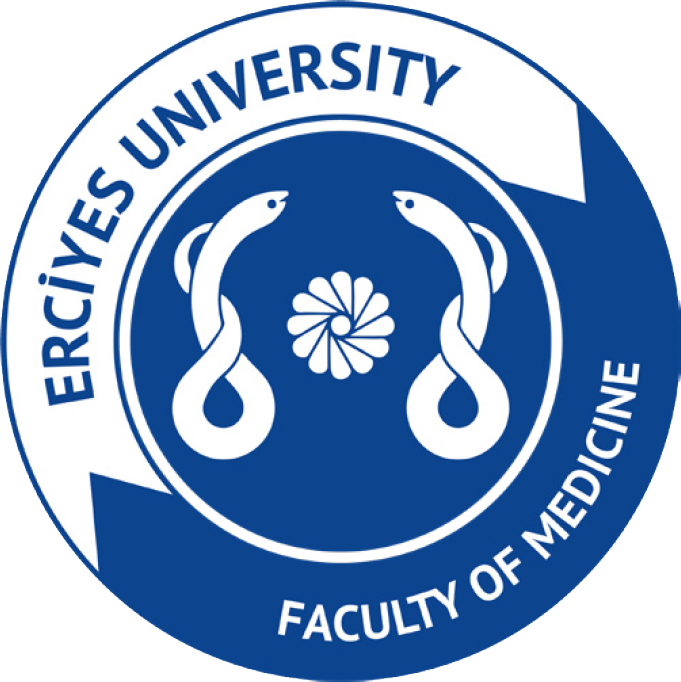2Department of Medical Oncology, Akdeniz University Faculty of Medicine, Antalya, Türkiye
Abstract
Objective: Even in stage I lung cancer, the heightened risk of recurrence may lead to diminished survival rates. Only a few reports on prognostic factors have been published for stage I disease using the most recent staging system. This study was designed to identify predictive factors of recurrence and survival in early-stage lung cancer (LC) staged according to the eighth edition of the Tumor, Node, Metastasis (TNM) classification.
Materials and Methods: The clinicopathological characteristics, treatment, and follow-up data of 100 stage I patients monitored between 2013 and 2023 were retrospectively reviewed. The association between clinicopathological factors and survival was analyzed to identify prognostic factors.
Results: The median age was 61 years (range, 35–76). All patients had a histologic diagnosis of non-small cell lung cancer, with 62% being adenocarcinoma. During a median follow-up of 40.3 months (range, 1–183.5), 20 patients experienced recurrence and 16 died. The two-year and five-year disease-free survival (DFS) rates were 81% and 73%, respectively, while overall survival (OS) rates for the same periods were 86% and 77%. Multivariate analysis revealed that a smoking history greater than 40 pack-years (p=0.021) and perineural invasion (PNI) (p=0.049) were predictors of recurrence, while the presence of lymphovascular invasion (LVI) was significantly associated with OS (p=0.019).
Conclusion: Smoking significantly increases the risk of LC development and recurrence, making it crucial to promote smoking cessation. Patients with positive LVI or PNI in early-stage LC should be monitored more closely, although further research is warranted.


